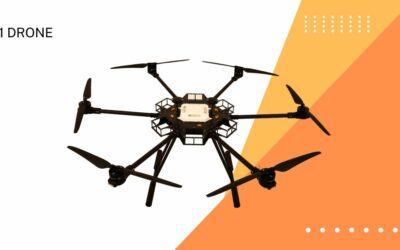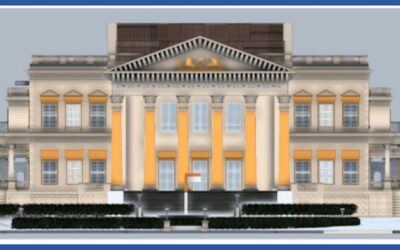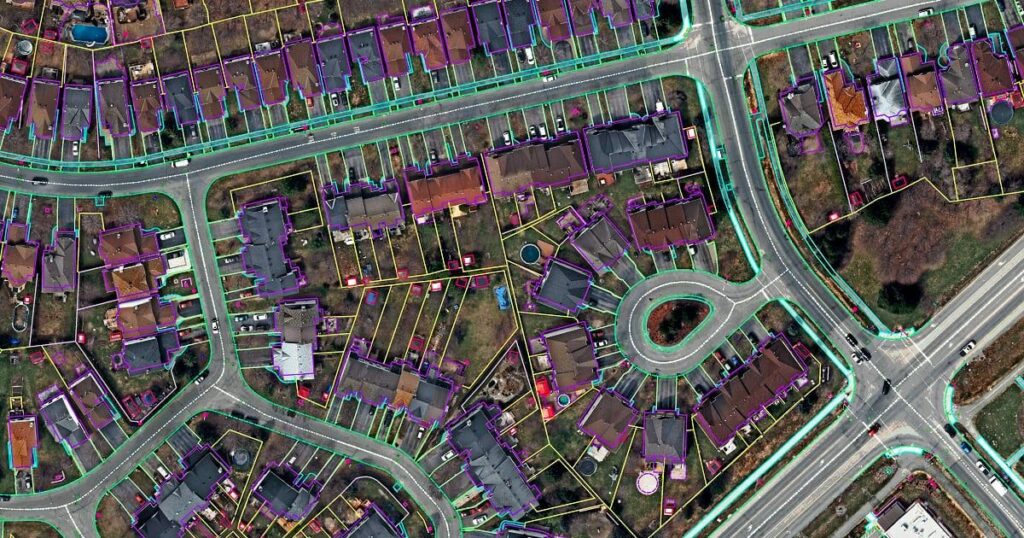
The precise measurements facilitated by photogrammetry support activities like topographic mapping, infrastructure planning, natural resources management, city planning, disaster management, and many more.
At the core of photogrammetry applications lies accuracy. Let’s take a look at how accuracy works in photogrammetry.
What is Absolute accuracy?
Accuracy is a topic that often sparks discussions and debates among photogrammetry professionals and enthusiasts. When it comes to accurately representing the real world in a 3D scene, opinions vary.
Traditional surveyors may insist that ground control points and total stations are the only reliable methods, while others advocate for Lidar technology. However, the accuracy achieved in photogrammetry ultimately depends on the quality of the input data, which determines both the relative and absolute accuracy of a project.
The fundamental distinction lies in the positioning of the 3D scan within a geographic coordinate system. Absolute accuracy refers to the precise alignment of the project’s location with its real-world counterpart. For instance, if a surveyor claims an absolute accuracy of less than a centimeter, the measured coordinates should exhibit a negligible difference.
What is relative accuracy?
On the other hand, relative accuracy prioritizes the scale and shape of the project rather than its exact location. Measuring relative accuracy is relatively straightforward. By including a known object, such as a tape measure, in the photogrammetric scan, one can compare the reconstructed measurements to the known values. If the measurements align, it indicates high relative accuracy.
To ensure relative accuracy, the key lies in capturing high-quality photos during aerial photogrammetry. Professionally captured photo sets can yield excellent relative accuracy for measurements, even without the need for additional survey tools.
Consumer-grade GPS data is often sufficient for scaling the project if other factors like image quality and overlap are well-controlled. Alternatively, manual referencing using known lengths can also be effective when working with well-captured photo sets.
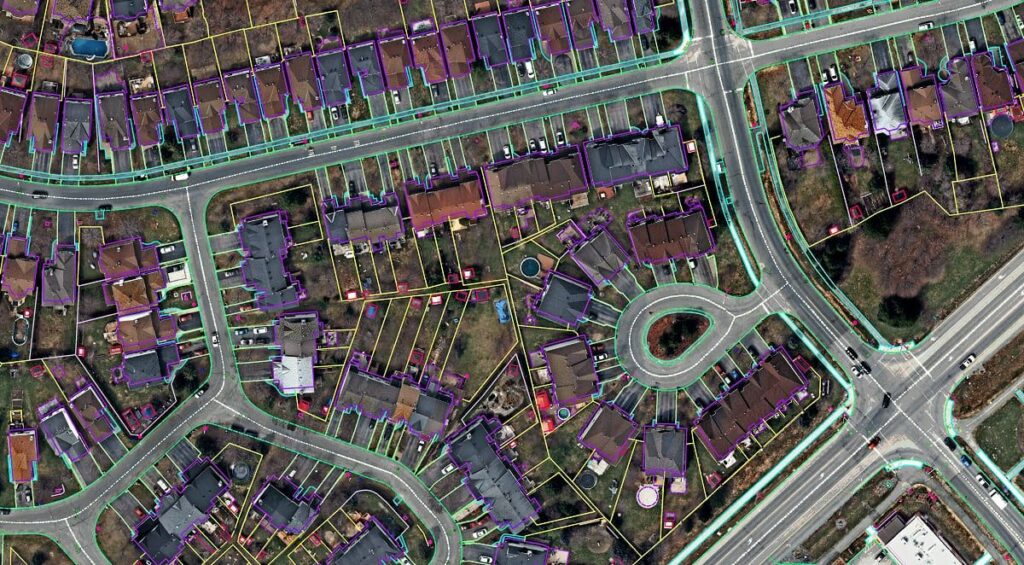
Requisites for accuracy in photogrammetry
For absolute accuracy, a robust referencing system is essential. Ground control points (GCPs) serve as reliable references since they represent fixed points in space with known coordinates. GCPs are considered the gold standard for obtaining survey-grade referencing.
Additionally, real-time kinematic (RTK) and post-processed kinematic (PPK) workflows utilizing high-precision GPS data can provide high absolute accuracy for certain applications.
While high absolute accuracy generally implies high relative precision, this is not always the case. To achieve the best possible results, it is crucial to control projects with known dimensions and adhere to best practices for photo capture. Even with survey-grade reference data, proper photo capture remains indispensable.
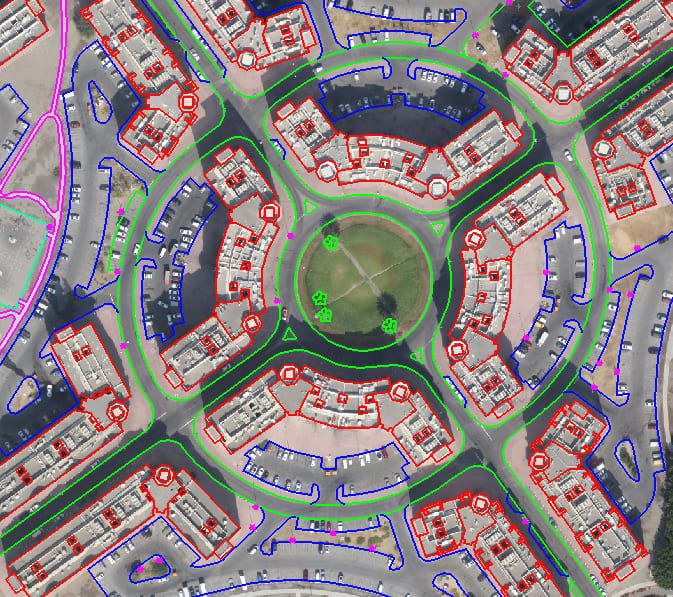
It is important to consider other factors, such as the size, shape, and subject of the photogrammetry projects, as they can influence both types of accuracy. Adjusting image capture techniques accordingly becomes necessary.
For instance, elongated top-down scans may introduce the bowing effect, compromising accuracy. Indoor capture requires different coverage approaches, while macrophotogrammetry presents unique challenges.
Awareness and a comprehensive approach are key to successfully navigating these factors.
Marvel Geospatial offers high-quality photogrammetry and data processing services to clients worldwide.
Have any queries regarding photogrammetry?
Have photogrammetry/data processing/application requirements for your project?
Get in touch with us!
